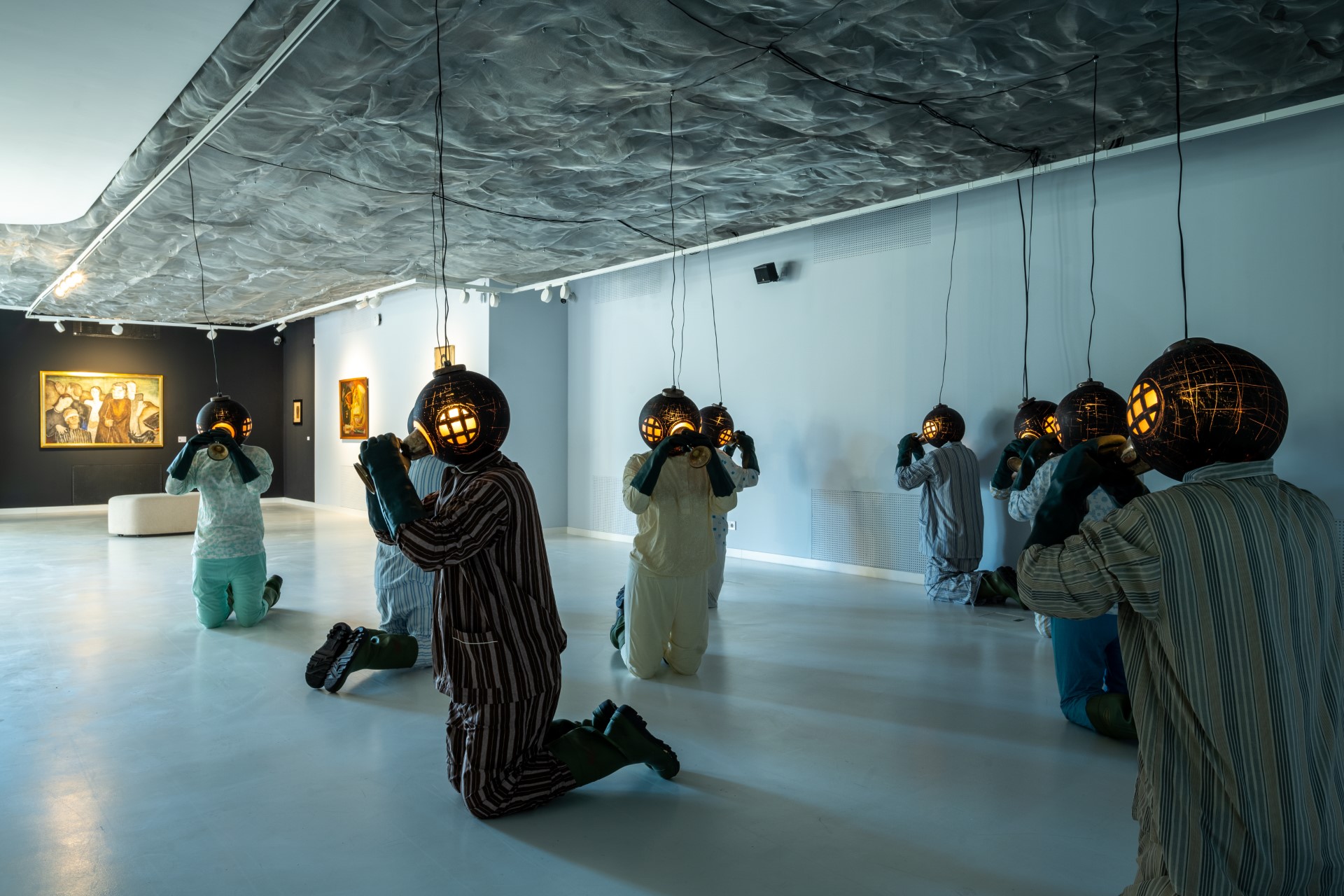Discovering Hungarian Cinema Online in Lockdown

Photo by AlexLMX / Andrey_Popov / Shutterstock.com
A few nights ago, stuck for something to watch after a hard day at the electric coal face, it occurred to me that now might be an excellent time to see what Hungarian movies and TV shows might be lurking online.
In all the time I’ve been in Hungary, I’ve remained woefully ignorant of the joys of Hungarian contemporary cinema.
This is partly because the Hungarian movies shown at our local cinema (the splendid Belvárosi Mozi in Szeged) aren’t subtitled in English. It would take me several lifetimes to be fluent enough in Hungarian to understand even the simplest kid’s cartoon.
But, over the past few evenings, I’ve discovered some Hungarian gems online that have opened my eyes.
I’ve based the recommendations that follow on the insight they offer into this country and its culture. Abandon your preconceptions, all ye who enter here.
Mindless Fun: “A Kind of America” (2002)
Tamás is a Budapest commercials and pop video director who dreams of making a feature film. He has two brothers, Ákos, a coarse Casanova, and András, a tortured poet.
Out of the blue, a supposedly American producer named Alex Brubeck writes to say that he likes a script Tamás has written called, tellingly, “The Guilty City” and wants to put up half the money to make it.
The film is a slapdash comedy based on a notion that, if you’re a native-speaking English person, is utterly preposterous. It’s crude, sexist and portrays Hungarians as, for the most part, money-obsessed, alcoholic dupes but it’s funny and left me wanting to watch parts two and three. After I’ve got the taste of part one out of my mouth.
My partner told me that the movie is a Hungarian favorite and it’s easy to understand why. Hopefully this isn’t too much of a spoiler, but the movie ends with the Hungarian characters reunited and blessed by an utterly daft stroke of luck. Not only that, they don’t need any help from the “American” interloper.
Available to stream on Netflix.
Well Worth 7 Hours: “Sátántangó” (1994)
A British friend of mine who writes about film claims this black and white epic is one of the greatest films ever made.
It was directed by Béla Tarr, who grew up in Budapest. Although his parents were in cinema and the theater, Tarr has said that he originally wanted to become a philosopher and saw making movies as a hobby. This changed when the Hungarian government denied him permission to go to university and so he went into movies instead.
“Sátántangó” (Satan’s Tango), which took more than seven years to make, was released in 1994 and brought Tarr international acclaim. No less a critic than Susan Sontag hailed him as a savior of modern cinema and wrote that she would happily watch this film once every year.
American director Gus Van Sant (“Good Will Hunting”, “Drugstore Cowboy”) credits Tarr with introducing him to the joys of long, uninterrupted takes in movies.
The shots in “Sátántangó” are certainly long. According to Tarr, there are only about 150 in the entire seven-hour movie. This, coupled with its length and non-chronological structure, makes the movie mesmerizing even if you can’t watch it in a single sitting.
As to plot, I don’t have enough space to summarize that here. And, given that the film is organized as 12 parts that follow the tango scheme of moving six steps forward and six steps back without any thought for linearity, my feeling is that I’d just be wasting your time.
In any case I have to confess that, while admiring the movie no end, I’ve never managed to watch more than 30 minutes or so of it at a time. But I would recommend you at least try some of it to remind yourself that cinema doesn’t have to come from or ape Hollywood.
Stream “Sátántangó” on Amazon Prime. Given that you have a limited time to stream the movie, be prepared for it to take over your life for a couple of days.
Black Comedy, Vivid Color: “Liza, the Fox-Fairy” (2015)
My partner has seen “Liza, the Fox-Fairy” at least twice. When we watched it together, she started to giggle as soon as it started.
While I wouldn’t say I found the movie sidesplittingly funny, it is entertaining enough to keep you watching to the end.
Liza has been looking after Márta, the wife of the former Japanese ambassador and her life changes when Márta dies, murdered by Tomy Tani, the ghost of a 1950s Japanese pop singer who is Liza’s only friend, she thinks.
After Márta’s death, Liza inherits her apartment. She encounters various men who all die mysteriously, killed by the jealous, demonic Tomy Toni. Believing that she’s the cause of the deaths, Liza becomes convinced she’s a fox-fairy, a figure in Japanese mythology. The only survivor is Sergeant Zoltán, who moves into Liza’s apartment to investigate the murders and falls in love with her.
For me, the plot is just enough to propel the story, but it has little to do with the real pleasure of watching the movie, which is entirely visual. The color palette ranges from shadowy blacks, greys, browns and muted greens to eyepopping reds, purples, oranges, pinks and yellows. From time to time, frames are composed so they look like mutant versions of 1970s magazine photo spreads or advertisements.
It’s like spending a long afternoon in the fantastic Bambi Eszpresszó café on the Buda side, emerging at dusk and strolling back to one of those nicely gloomy Budapest apartment blocks where the lobby hasn’t been decorated since before the 1956 Revolution.
Immerse yourself in the surreal world of “Liza, the Fox-Fairy” at Netflix.
This article was first published in the Budapest Business Journal print issue of March 26, 2021.
SUPPORT THE BUDAPEST BUSINESS JOURNAL
Producing journalism that is worthy of the name is a costly business. For 27 years, the publishers, editors and reporters of the Budapest Business Journal have striven to bring you business news that works, information that you can trust, that is factual, accurate and presented without fear or favor.
Newspaper organizations across the globe have struggled to find a business model that allows them to continue to excel, without compromising their ability to perform. Most recently, some have experimented with the idea of involving their most important stakeholders, their readers.
We would like to offer that same opportunity to our readers. We would like to invite you to help us deliver the quality business journalism you require. Hit our Support the BBJ button and you can choose the how much and how often you send us your contributions.









